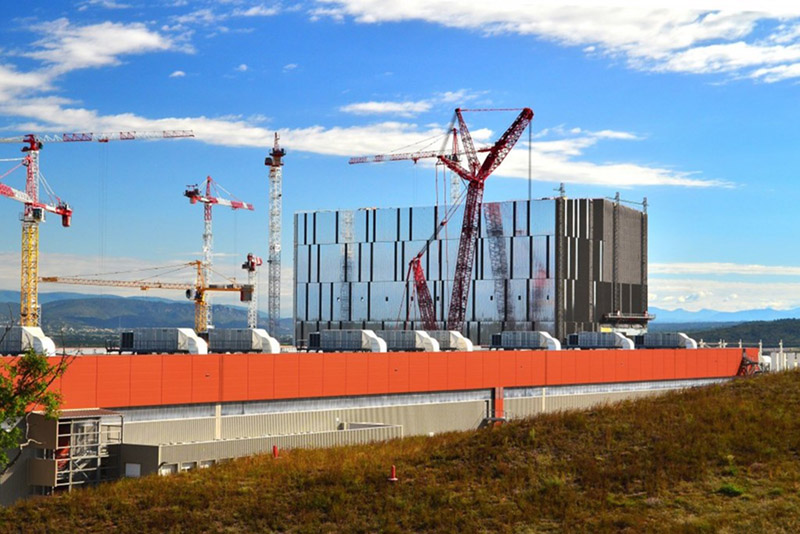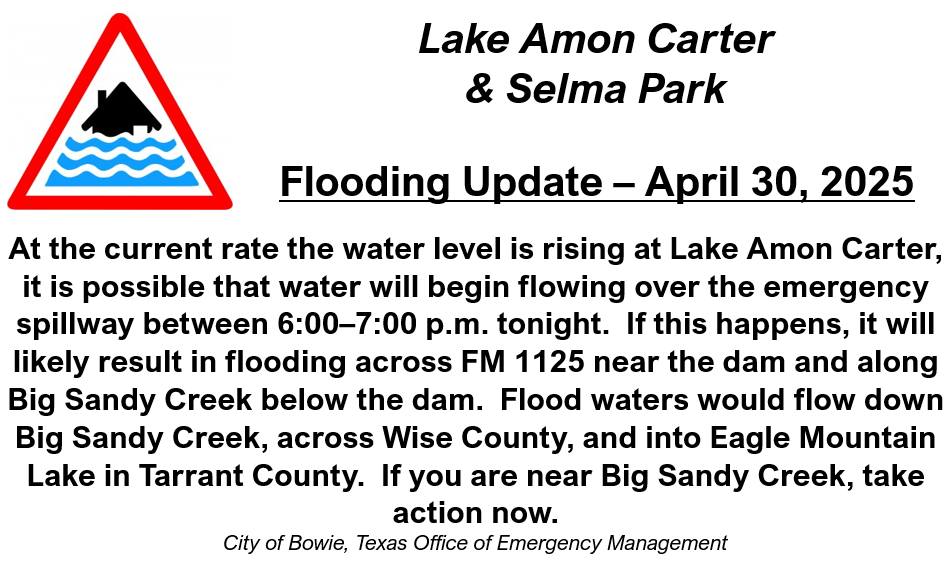HOME
Fusion Energy

EarthTalk®
From the Editors of E – The Environmental Magazine
Dear EarthTalk: What is fusion energy and why are environmentalists so bullish on it?
— Mickey Brent, Milwaukee, WI
Nuclear fusion may be the most promising energy source that most of us have never heard of. Scientists first discovered fusion as a potential energy source in the 1930’s and have been quietly working on it ever since. Only recently, given societal pressure to find alternatives to fossil fuels, has fusion started to capture the attention of the media and policymakers—and now researchers are hoping the process can become a key source of safe, clean, reliable energy in the near future.
Nuclear fusion is the fusing of two atoms into one. Fusion is very different from fission, in which atoms are split in half. Although both emit energy, fusion emits much more. Fusion takes an immense amount of heat and pressure and is the reaction that happens inside of stars, including our own sun. The temperature at the center of the sun is around 15 million Kelvin (27 million degrees Fahrenheit)! Scientists have achieved temperatures of around 100 million degrees inside experimental fusion devices but have yet to make the process net energy positive. The issue with doing reactions at such high heats is that the heated substance cannot touch anything or the container will melt. Therefore, fusion reactions are done in a donut of floating plasma, suspended by magnetic fields.
When compared to other energy sources, fusion energy seems like it might be our best bet in the long term. Compared to fossil fuels and renewable energy sources, fusion is wildly more efficient and no more dangerous. Fusion is three to four times more efficient even than nuclear fission, without the downsides such as the risk of nuclear meltdown or dirty bombs. While nuclear fission requires uranium to function, fusion reactors only require deuterium, which occurs naturally in seawater, and tritium, which can be produced through a reaction of deuterium and lithium. These low raw material costs cause fusion to be considered a potential source of limitless energy. Due to the low radioactivity of fusion, even in the case of an explosion, radioactivity would be contained to the reactor site. Fusion reactors’ small input and extremely high output have made them a popular idea.
So what are the drawbacks of nuclear fusion? Or is it the perfect energy source? Most critics of fusion energy point to the timeline as its greatest weakness. The majority of projections see 2050 as the first year fusion reactors could be commercially available. This is too late for fusion energy to solve our current energy crisis. Some environmentalists claim that funding for fusion energy could be better spent on renewable sources such as solar and hydro that give us clean energy now. Another concern with fusion is public opinion. People tend to be wary of anything nuclear, if only because of the incredible devastation of nuclear bombs. While nuclear fusion is far safer than fission, many activists in France, for example, are protesting all forms of nuclear energy.
The biggest fusion energy project in the world is called the ITER which means “the way” in Latin. ITER is located in Southern France and funded by the European Union, the U.S., China, India, Korea, Russia and Japan. ITER will be a fusion reactor used for research and is currently under construction. Current plans are for ITER to be ready for the first test of plasma by 2025. The main other research on fusion energy is being done at the Massachusetts Institute of Technology (MIT). Though commercial fusion reactors are far from a reality, the abundant raw materials and high safety, paired with enormous energy output, make it an outstanding possibility for the future.
CONTACT: ITER, www.iter.org.
EarthTalk® is produced by Roddy Scheer & Doug Moss and is a registered trademark of the nonprofit Earth Action Network. To donate, visit www.earthtalk.org. Send questions to: question@earthtalk.org.

City of Bowie warns water may begin flowing over the emergency spillway at Amon Carter Lake tonight between 6-7 p.m. due to heavy rainfall and flooding.
HOME
‘What’s Your Point’ review possible stone relics

Do you think a stone you picked up could be an Indian artifact?
Tales ‘N’ Trails Museum will host “What’s Your Point,” an informational event from 1-3 p.m. on March 9 to have your items reviewed by Dr. Sergio Ayala, PhD of the Gault School of Archeological Research. Cost is $10 per person and museum members are free.
Also bring in any metal artifacts found around Spanish Fort that might have been of European origin. Museum Curator Nellann McBroom said if you cannot attend bring you artifacts and leave them, then pick them up on Monday. Call the museum at 825-5330 with questions.
HOME
Oct. 7 final day to register to vote

Oct. 7 is the last day to register to vote in the Nov. 5 general election.
Voters also should double check their voter registration to make sure all the information is up-to-date. Go to votetexas.gov on the Texas Secretary of State’s website to make any address changes.
Registering to vote in Texas is easy, simply complete a voter registration application on the SOS website and return it to your county election office at least 30 days before the upcoming election date.
Fill in the required information, print and sign the complete application. At this late date it may be best to deliver the registration form in person to the election office in the courthouse annex at Montague.
Any additional information on voter registration can be seen on the county website at co.montague.tx.us, click on elections. Direct any questions to the office at 894-2540.
-

 NEWS3 years ago
NEWS3 years ago2 hurt, 1 jailed after shooting incident north of Nocona
-

 NEWS2 years ago
NEWS2 years agoSuspect indicted, jailed in Tia Hutson murder
-

 NEWS2 years ago
NEWS2 years agoSO investigating possible murder/suicide
-

 NEWS2 years ago
NEWS2 years agoWreck takes the life of BHS teen, 16
-

 NEWS2 years ago
NEWS2 years agoMurder unsolved – 1 year later Tia Hutson’s family angry, frustrated with no arrest
-

 NEWS2 years ago
NEWS2 years agoSheriff’s office called out to infant’s death
-

 NEWS2 years ago
NEWS2 years agoBowie Police face three-hour standoff after possible domestic fight
-

 NEWS3 years ago
NEWS3 years agoDriver stopped by a man running into the street, robbed at knifepoint






